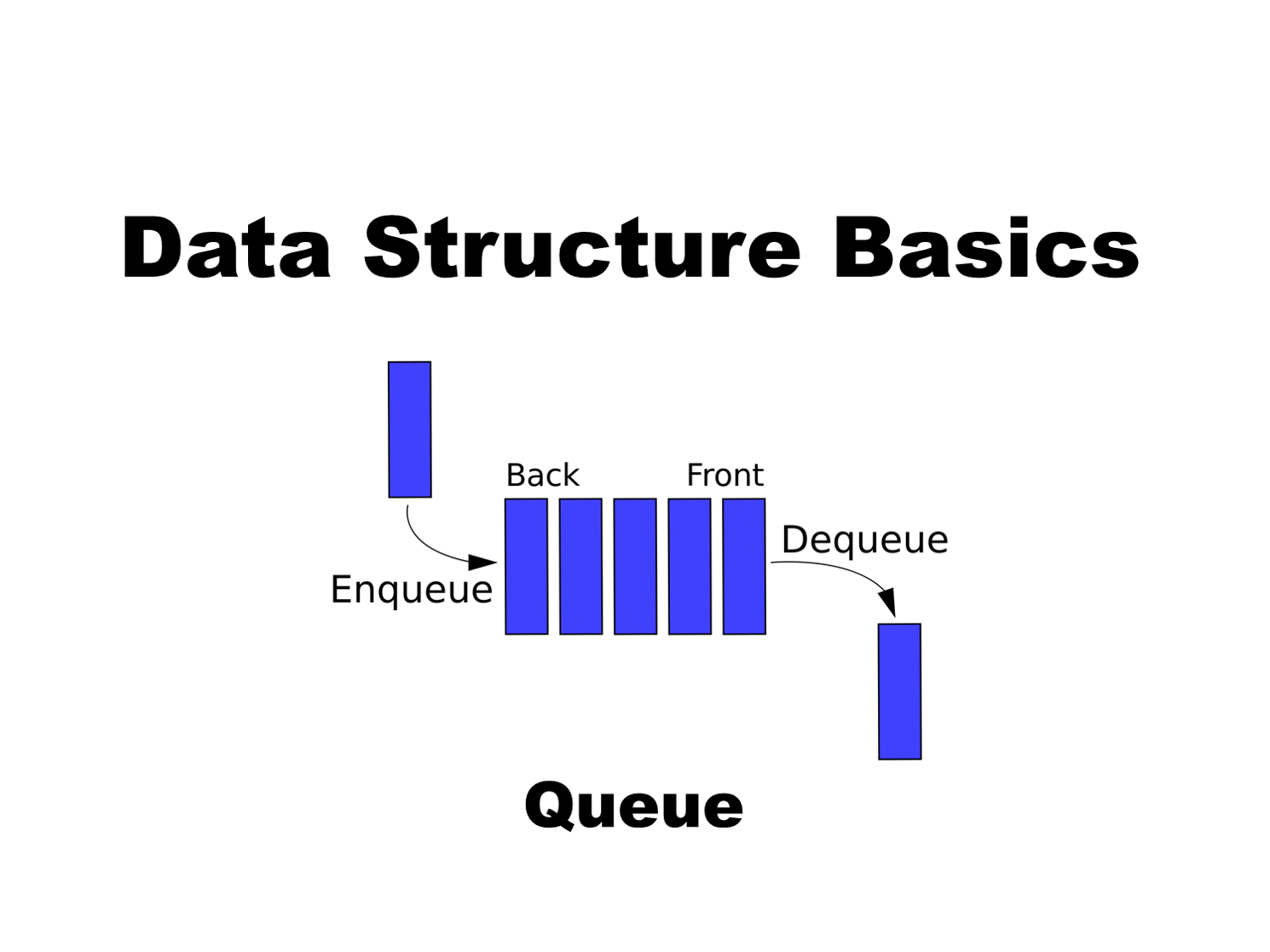

They are the building blocks of any piece of software. Data Structure – the implementation of an Abstract Data Type.The benefits of ADTs are that it is much easier to understand since you are seeing a “high-level” overview, instead of getting bogged down in the “low-level” code. It defines which functions or operations a data structure must have to be considered as such. ADT ( Abstract Data Type) – a ‘model’ or a ‘blueprint’ for a data structure.ADTs vs Data Structuresīefore moving on, it’s important you know the difference between two similar (but very different) words: ADT and Data Structure. You don’t need to be an expert in Python to follow along, but it is recommended that you at least understand how classes and functions in Python work. I will be teaching you Stacks, Queues, Linked Lists, and Trees. In this article, I will be showing you some of the most common Data Structures using Python. I always say that Python is the perfect first language to learn: it has a straightforward, English-like syntax that makes reading it a breeze but it’s also extremely powerful and can be used in a multitude of ways.
#PYTHON QUEUE OPERATIONS CODE#
For the code to run on Windows, the worker function needs to be pickleable, and nested functions aren't pickleable.March 22nd, 2021 Comments Data Structures in Python: Stacks, Queues, Linked Lists, & Treesĭo you want to learn more about Computer Science fundamentals? Do you want to gain deeper knowledge to help you pass your interviews? Then it’s vital that you study data structures. It won't make a difference on Linux (under Python 2.7), but without it your code won't run correctly on Windows.Īgain for cross-platform compatibility, you should move the nested worker function out to module level. It's also good practice to guard your main code with an if _name_ = '_main_': block. As dano points out in the comments, there's a possibility of deadlock if you try to join the processes before emptying the queue (see the warning here), so you probably want to do this at the very end of your mp_solve function. It's good practice to join your child processes before your main process exits. Alternatively, you could specify a timeout: out_q.get(timeout=10.0). For a non-blocking version, try out_q.get(block=False). So in your code above, the Empty exception will never be raised. Out_q.get() is a blocking call: if there's nothing in the queue then it will wait until there is. from multiprocessing import Process, Queue Use the Queue object from the multiprocessing module instead. The Queue object from the Queue module isn't suitable for multiprocessing: it's intended only for communication between threads in the same process.
#PYTHON QUEUE OPERATIONS HOW TO#
Any ideas how to get me back on the right track? Note that Queue.Empty never seems to catch. I'm fairly new to multiprocessing and I can't figure out why the Queue appears to get filled correctly (as seen from the False returned) but is then empty. I can type in it, but nothing will happen and even Ctrl + C has no effect. Sleep(10) #calculations are limited to 3 seconds through a parameter passed to external programĪfter the last command, the session window is rendered useless. Output,error = subprocess.Popen(args,stdout = subprocess.PIPE, stderr= subprocess.PIPE).communicate() The simplified code looks like this: import subprocess, shlex, os, random, pickle This Queue is supposed to get filled, but appears to be empty after calculations are done. There is a Queue involved to keep track of result outputs.
#PYTHON QUEUE OPERATIONS SOFTWARE#
I extended it in the way that instead of just a simple function, I'm running some external software via subprocess. I'm trying to run a couple of calculations concurrently based on this example.


 0 kommentar(er)
0 kommentar(er)
